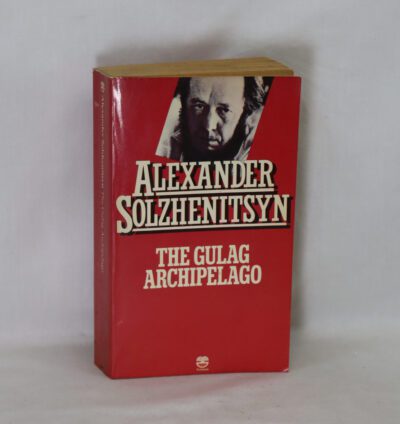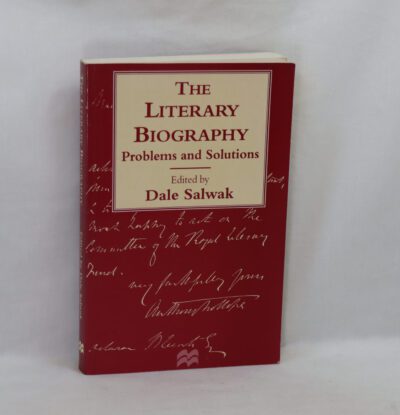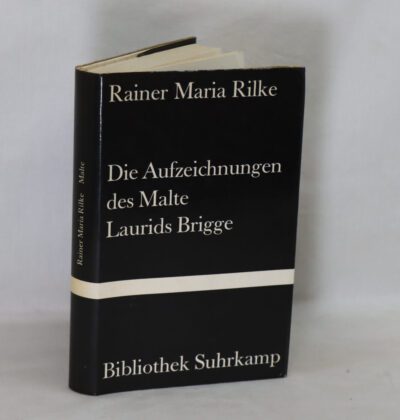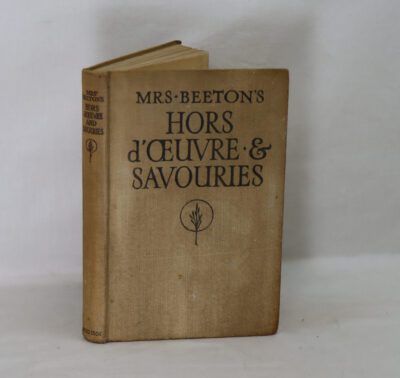First Light.
By Peter Ackroyd
ISBN: 9780802134813
Printed: 1989
Publisher: Grove Weidenfeld. New York
| Dimensions | 17 × 24 × 3 cm |
|---|---|
| Language |
Language: English
Size (cminches): 17 x 24 x 3
Condition: Fine (See explanation of ratings)
Item information
Description
In the original dustsheet. Black spine with gilt title. Cream boards.
-
F.B.A. provides an in-depth photographic presentation of this item to stimulate your feeling and touch. More traditional book descriptions are immediately available.
Written by the author of “Hawksmoor”, winner of the Whitbread Prize for Fiction, and “Chatterton”, this is a pastoral novel of the late 20th century in which the author meditates on the nature of history, the problem of time and the true qualities of the English landscape.
Review: …Once there were creatures of light leaping across the firmament, and the pattern of their movement filled the heavens. But the creatures soon fled and in their place appeared great spheres of crystals which turned within each other, their song vibrating through all the strings of the world….Aldebaran…the great star…. One hundred and twenty times brighter than the sun….In this same area of the sky…small cones of light, called the Hyades and believed to be at a greater distance from the earth–cool red stars glowing within the clouds of gas which swirled about them. And close to them the lights known as the Pleiades, involved in a blue nebulosity which seemed to stick against each star, the strands and filaments of its blue light smeared across the endless darkness. Behind these clusters they could see the vast Crab Nebula, so far from the earth that from this distance it was no more than a mist or a cloud…. Galaxies. Nebulae. Wandering planets. Rotating discs. Glowing interstellar debris. Spirals. Strands of brightness that contained millions of suns. Darkness like thick brush-strokes across a painted surface. Pale moons. Pulses of light. All these coming from the past, ghost images wreathed in mist…. I am on a storm-tossed boat out at sea, the dark waves around me. This was what the earliest men saw in the skies above them…. A hundred thousand million galaxies. A hundred thousand million stars in each one.
The above quote came from Page 1 of this amazing book. It’s probably the best first chapter I’ve ever read. The reader is immediately sucked into this awestruck world that acknowledges the vastness of the cosmos, its by-product of cosmic energy, and the enveloping cosmic consciousness that is inherent in every aspect of creation under heaven and earth.
It’s a story about prehistoric men and their quest to understand the cosmology of the night sky and to question why they are here on planet earth. It’s a tale about ancient mankind forging customs and folklore from their understanding about the meaning & origins of life and sharing their knowledge with future generations.
The early mythology begins 3500 years ago, when an ancient man looked up at the firmament of heavens and dared to wonder the meaning of their existence. Man saw stars as fire torches burning brightly the memory of all that came before them between the dark spaces of the universe where somewhere beyond the sight and knowledge of mankind, lay portals to our origins where we return to at the time of death.
Page 328 describes it this way: … Our bodies are made out of dead stars. We carry their light inside us. So everything goes back. Everything is part of a pattern. We carry our origin within us, and we can never rest until we have returned.
Mark Clare is an archeologist that stumbles across an underground tumulus in Dorset, England at Pilgrin Valley. He’s received official permission to begin an excavation of the ancient site dating from the Megalithic Period, 3,000 years ago. Almost immediately his crew unearths a stone plinth covered in celestial markings that tell of the great star Aldeberan and which leads to an underground maze.
Unsure of the meaning of the pictograph, he befriends an Astronomer, Damian Fall nearby at the Holbrook Observatory. Fall has been studying for decades the constellation of Pleiades and in particular the red dying star of Aldeberan.
As the story unfolds all sorts of unsettling incidents occur including escapades with eccentric, local characters; experiencing surreal events like strange places, time warps, or cottages with white masks nailed to a ceiling, underground caves, ancient spells and ancestral burial places, and other unnerving coincidences which of course, impact the lives of the main characters. The languid & simplistic tone of the story effectively enhances the eeriness of the situation and the unusualness of the tale.
In one incident, Damian struggles to understand his role as a cosmic being which is excellently described in detail on pages 155-156. Here’s part of it:
Darkness. And I, too, am an aspect of that order, a relic of earliest creation which space & time have now woven together: nothing can happen to me without subtly altering the shape of the visible universe. I too am moving away through limitless space; I am part of that infinite expansion which seems to me to be an infinite horror. Yet I am not my self; I am as evanescent and as shifting as every other part of the cosmos, a fortuitous arrangement of particles, a small plateau in the endless decomposition of space and time, a stasis in the struggle of forces which has turned into matter.
Darkness. And yet I do not matter; I am merely the space through which the forces of the universe pass, just as the billions of neutrinos pass through me in their journey across the cosmos. I am of the same order of being as a gas cloud, or a constellation. Everything is watching everything else and now…. He wanted to flee. But where could he escape to? He could not flee to the sky. He knew that there was no sky. He knew that it was only light which had been trapped….
All in all, it’s an outstanding, enjoyable read that opens us to the cosmic realities of our very nature. This is where mankind’s new understanding of the cosmos merges with the ancient concepts of spirituality. A modern religion of Quantum Physics meets Hinduism and indeed, it’s a fine attempt at understanding these two gargantuan concepts in a well written, sublime story.
Peter Ackroyd, (born 5 October 1949) is an English biographer, novelist and critic with a particular interest in the history and culture of London. For his novels about English history and culture and his biographies of, among others, William Blake, Charles Dickens, T. S. Eliot and Sir Thomas More, he won the Somerset Maugham Award and two Whitbread Awards. He is noted for the volume of work he has produced, the range of styles therein, his skill at assuming different voices and the depth of his research. He was elected a fellow of the Royal Society of Literature in 1984 and appointed a Commander of the Order of the British Empire in 2003.
Want to know more about this item?
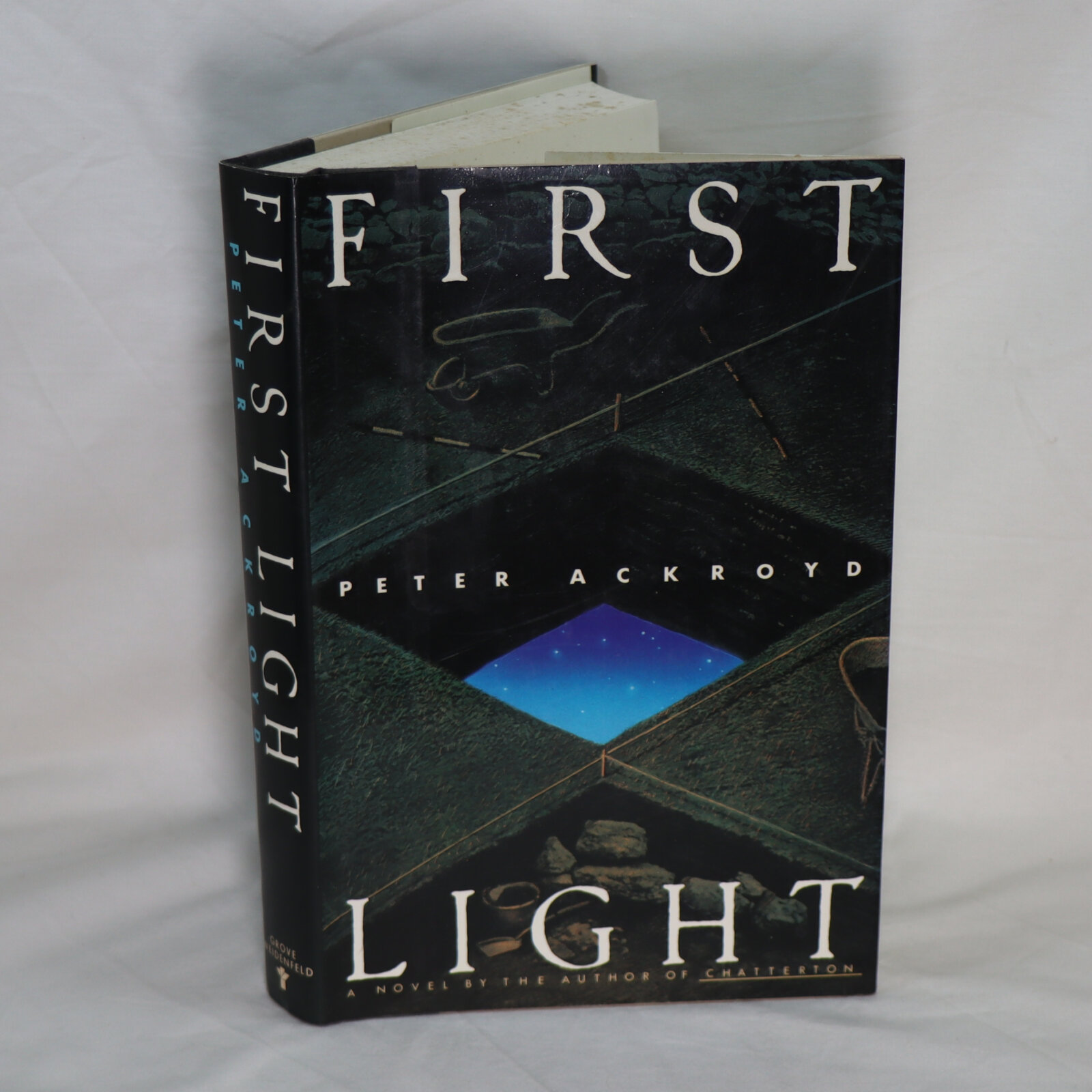
Related products
Share this Page with a friend



